NUHADANG [Korea Quality] / 누하당 [한국관광 품질인증]
7.0Km 2020-09-10
49-7, Pirundae-ro, Jongno-gu, Seoul
010-9692-1330
Guesthouse Nuha is a ‘hanok’ or traditional Korean house consisting of four guestrooms located in Nuha-dong, Seochon (west of Gyeongbokgung Palace, Jongno, Seoul) where many Confucian scholars and artists lived during the Joseon Dynasty.
Exuding a refined atmosphere, Guesthouse Nuha is very popular among not only domestic visitors but also foreign tourists who want to experience the flavor of Korea in a cozy hanok. All four guestrooms (An-bang, Sarang-bang, Geul-bang, and Byeol-dang) are covered with eco-friendly hanji (traditional Korean paper handmade from mulberry tree) wallpaper, and are equipped with a thick cotton-wool comforter and pillows imbued with the scent of Hinoki cypress tree to help guests relieve their fatigue.
Breakfast is served free of charge. Guests can also experience traditional Korean culture here, such as playing a Korean musical instrument (janggu or double-headed drum), playing a game of yut in the yard, or wearing hanbok (traditional Korean clothes). Although a local bus service passes through the village, it is highly recommended to take a quiet leisurely around the area.
Musée agricole (농업박물관)
7.0Km 2022-08-03
16, Saemunan-ro, Jung-gu, Seoul-si
Le musée agricole a été inauguré en 1987 et a été réouvert en juillet 2005 après une période de rénovation. Le musée possède trois salles d’expositions : le hall de l’histoire de l’agriculture, le hall de la communauté agricole et le hall de la promotion de l’agriculture. Le musée expose 2 000 artefacts, ainsi que des reconstitutions de rizières, de maisons traditionnelles et de marchés de sociétés agricoles pour permettre aux visiteurs d’observer et de comprendre la vie des fermiers d’autrefois.
Mayfield Hotel (메이필드호텔)
7.0Km 2021-10-09
94, Banghwa-daero, Gangseo-gu, Seoul
+82-2-2660-9000
Mayfield Hotel, located near the forest, provides a view of the changes in the sceneries throughout the year. The hotel connects the city to the airport, being only 5 minutes from Gimpo International Airport and 30 minutes from Incheon International Airport. The hotel has 8 building structures in a large 105,785.60 ㎡ plot of land. The main building with 6 floors and a basement floor has guestrooms, a lounge, a western restaurant, a traditional Korean restaurant, and an outdoor lounge. Conference Building has large halls for international conferences and various events, while another building is for weddings and wedding receptions.
The hotel offers a wide variety of rooms from one of its 202 cozy rooms including ondol rooms and suite rooms. Subsidiary facilities include a fitness center, a botanical garden and more.
Nak Won - Mayfield Hotel (낙원 (메이필드호텔))
7.0Km 2020-05-08
94, Banghwa-daero, Gangseo-gu, Seoul
+82-2-2660-9010
Nak Won is a Korean restaurant located in a natural setting. It has a large clean hall and traditional Korean-style rooms for family, business, and other forms of group dining. Nak Won has a large garden with trees and grass. It’s been specializing in galbi for 26 years.
Bongraeheon (Mayfield Hotel) (봉래헌(메이필드호텔))
7.0Km 2020-04-28
94, Banghwa-daero, Gangseo-gu, Seoul
+82-2-2660-9020
Bongraeheon serves savory royal Korean dishes in a great natural environment. It was designated a Proud Korean Restaurant in 2007 by the Seoul Metropolitan Government. It is located in a traditional Korean building built by Lee Il-gu, a master carpenter and Human Cultural Property who participated in the restoration of Gyeongbokgung Palace. With high ceilings, the whole building has a soothing smell of pine. It’s a popular place for business dining as well as the first meeting between the parents of soon-to-be bride and groom. The restaurant specializes in course meals including gujeolpan, geonoljeolpan, sinseonno, jeonbokcho, hanbang kkorijjim, and stone baked mushrooms.
Irilju (일일주(日日酒))
7.0Km 2021-03-30
4, Sajik-ro 8-gil, Jongno-gu, Seoul
+82-2-738-1717
It is a delicious restaurant in Gwanghwamun with a good atmosphere. This Japanese (cuisine) restaurant is located in Jongno-gu, Seoul. The representative menu is salmon sashimi.
Of one book and stay [Korea Quality] / 일독일박 [한국관광 품질인증/Korea Quality]
7.0Km 2021-03-29
11-1, Pirundae-ro 3-gil, Jongno-gu, Seoul
This hanok (traditional Korean house) is located in Seochon Village near Gyeongbokgung Palace. It is a modern C-shaped hanok centered around the inner courtyard, which is the first thing that the guests see after entering through the gate. While it is not expansive, white pebbles and a foot bath make this hanok a unique one. One can enjoy a foot bath while sitting on the porch.
The bedroom, which is located beyond the living room, is furnished with a queen-sized bed. Opening the screen doors brings one to the view of the kitchen area beyond the inner courtyard. A large table, plush sofa, and a small bookcase make the space ideal for books and discussions. Climbing the wooden ladder to the side of the kitchen brings one to the attic, which also doubles as a Korean-style room with a skylight. The kitchen is furnished with a refrigerator, microwave oven, gas stove, electric kettle, toaster, pots, utensils, wine glasses, and bottled water. There is a restroom with a bathtub. The standard occupancy of the house is 4 people.
Daewon (대원)
7.0Km 2021-03-27
34, Gukjegeumyung-ro 8-gil, Yeongdeungpo-gu, Seoul
+82-2-784-0879
It is a restaurant frequented by office workers. The best menu at this restaurant is grilled skewers. This Korean dishes restaurant is located in Yeongdeungpo-gu, Seoul.
Village Seochon (서촌마을)
7.0Km 2021-07-14
45, Pirundae-ro, Jongno-gu, Seoul
Le village Seochon se situe à l'est du palais Gyeongbokgung. Il s'agit d'un lieu composé à la fois de maisons traditionnels hanok, de petites ruelles paisibles, mais aussi de nouveaux magasins qui forment une très belle harmonie dans le village. En parcourant les nombreuses petites ruelles des lieux, vous pourrez aussi apprécier plusieurs peintures murales très colorèes. Ce village se distingue donc par son côté à la fois pittoresque mais aussi raffiné.
Palais Gyeonghuigung (경희궁)
7.0Km 2021-07-21
55, Saemunan-ro, Jongno-gu, Seoul-si
+82-2-724-0274
A la fin de la période Joseon, Gyeonghuigung servait de palais secondaire pour le roi. Comme il se situe dans la partie ouest de Séoul, il
porte aussi le nom de 'Seogwol'. Le palais secondaire était le palais où le roi se déplaçait en cas d’urgence. De Injo à Cheoljong, environ dix rois de la dynastie Joseon sont restés à Gyeonghuigung. Ce palais qui a été construit en utilisant la géographie inclinée aux alentours de la montagne possède une beauté traditionnelle en
matière d'architecture et une grande signification historique. A une
certaine époque, sa réputation était telle qu'il y avait même un pont arqué le reliant au palais Deoksugung. Les bâtiments Sungjeongjeon et Jajeongjeon
sont pour l’audience royale du roi, tandis que les bâtiments Yungbokjeon et Hoesangjeonet
servaient à dormir. Au total, le palais comprenait 100 bâtiments.
Mais, lorsque le Japon envahit la Corée
en 1908, l’école Japonaise Gyeongseong s'est installée dans le palais, et une grande partie du palais a été nivelée ou déplacée. Actuellement, la porte d(entrée
de Gyeonghuigung, la Porte Heunghwamun est utilisée en tant que porte d’entrée principale de l’ hôtel Silla, et Sungjeongjeon est à l’Université Dongguk. L’école a déménagé dans un autre endroit tandis
que le Sungjeongjeon et quelques autres bâtiments ont été reconstruits.
Près du palais Gyeonghuigung se trouvent le Musée d’Histoire de Séoul, la rue Jeongdong, et la rue très active Jongno. Après avoir visité le palais Gyeonghuigung, vous pouvez traverser la rue Jeongdong et marcher jusqu’au palais Deoksugung. La rue avec un mur de pierres menant
au palais Deoksugung est considérée comme l'une des rues les plus élégantes de Séoul.
![NUHADANG [Korea Quality] / 누하당 [한국관광 품질인증]](http://tong.visitkorea.or.kr/cms/resource/58/2532358_image2_1.jpg)
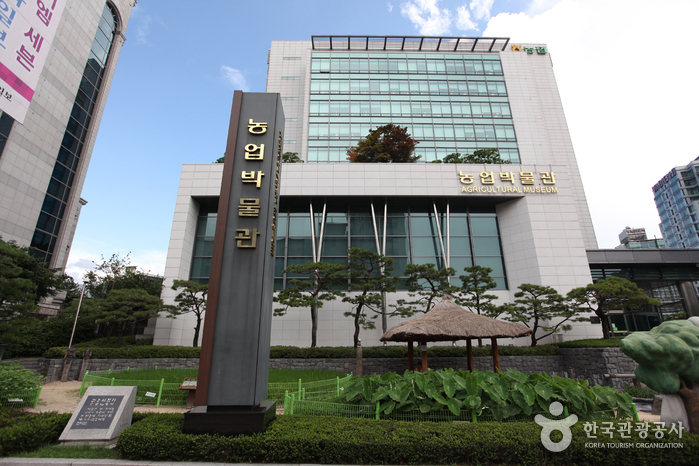
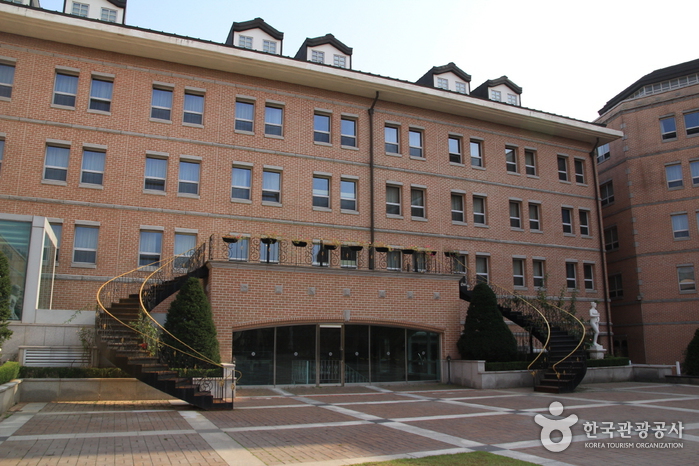
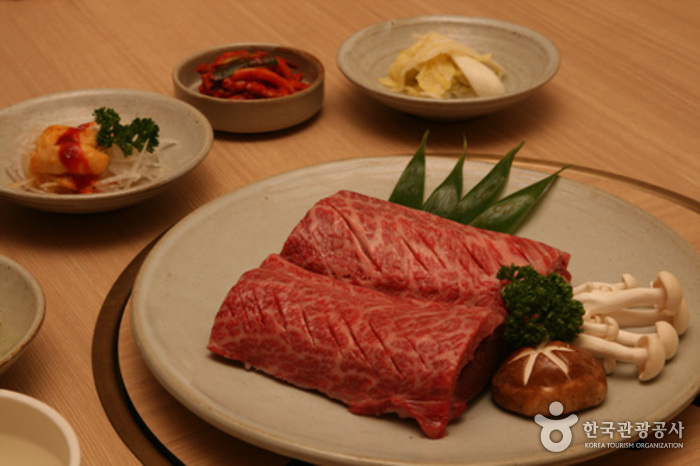
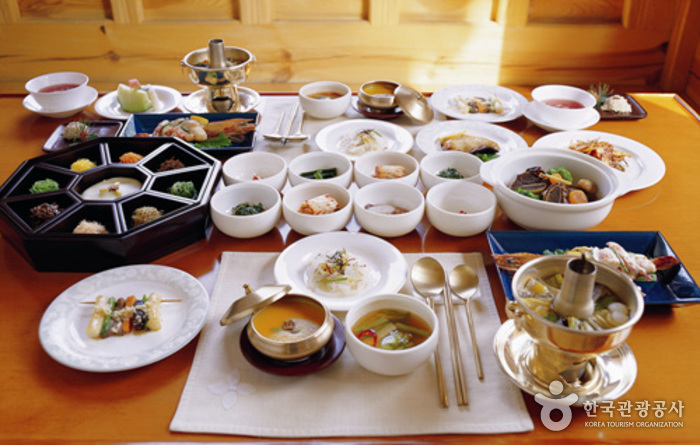
![Of one book and stay [Korea Quality] / 일독일박 [한국관광 품질인증/Korea Quality]](http://tong.visitkorea.or.kr/cms/resource/43/2707643_image2_1.jpg)
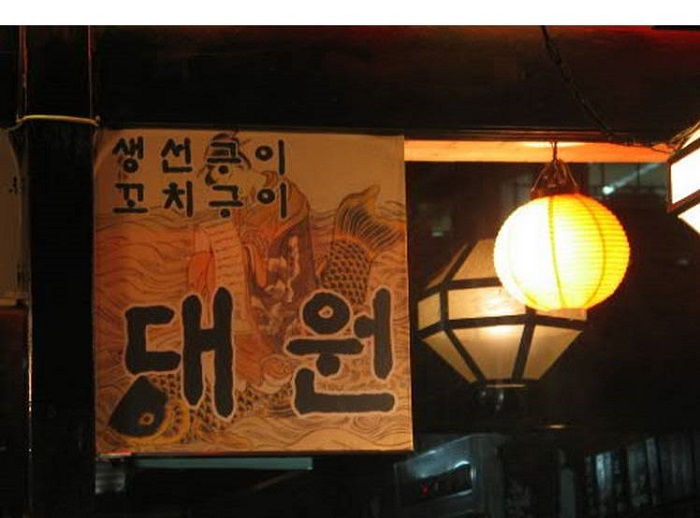
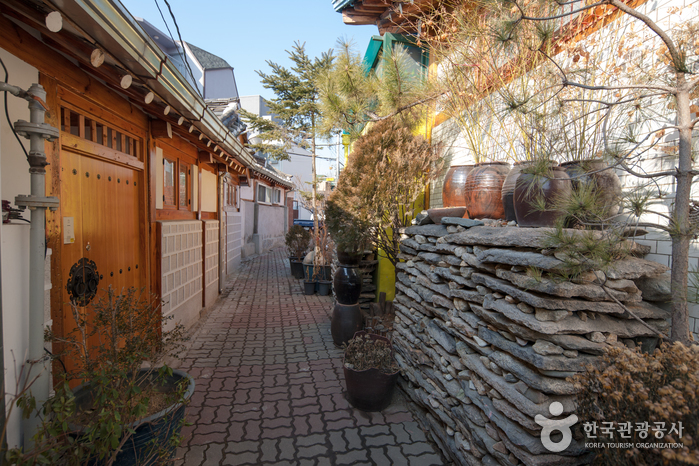
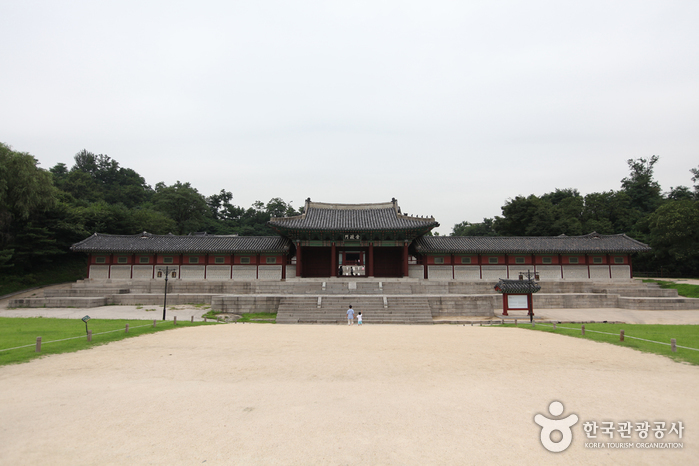
 Français
Français
 한국어
한국어 English
English 日本語
日本語 中文(简体)
中文(简体) Deutsch
Deutsch Español
Español Русский
Русский